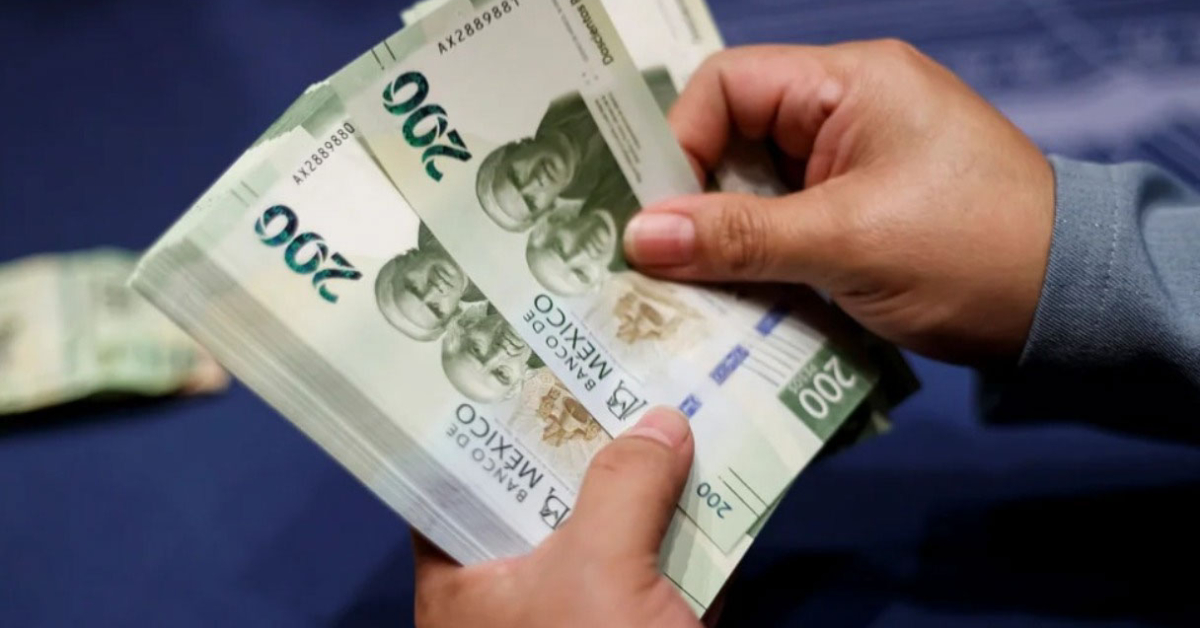The Government of Mexico reduced its GDP growth forecast for this year from 4.1 to 2.4% when it presented the Economic Package for 2023, which contains the country's economic and fiscal policy. According to the General Criteria for Economic Policy 2023 of the Ministry of Finance …





